External and Internal Insulation
External/Solid Wall Insulation
External/Solid Wall Insulation involves fixing a layer of insulation material to the wall, then sealing this insulation with a mesh & render, before covering it with a special type of topcoat. The finish can be smooth, textured, painted, tiled, panelled, pebble-dashed, or finished with brick slips.
Expanded Polystyrene (EPS)
EPS is by far the most common external wall insulation material, owing to the fact that it’s cheap, light, and easy to work with. It’s so light because the trapped air bubbles prevent heat from transferring from one side of the board to the other.
Internal Wall Insulation
Solid walls can be insulated internally (from the inside) and externally (from the outside) – both are significant undertakings in terms of cost and disruption. This l page is about internal solid wall insulation. You can find our external solid wall insulation page here.
Solid wall insulation may be suitable for homes made from brick, stone or concrete construction, and works by adding a layer of thermal material to the existing inside wall. This will reduce the size of your rooms a bit, though you may find if a cold wall is made warmer you actually increase the amount of usable space in a room.
Internal solid wall insulation is particularly appropriate where you need to maintain the external appearance of the building (e.g. in a heritage context).
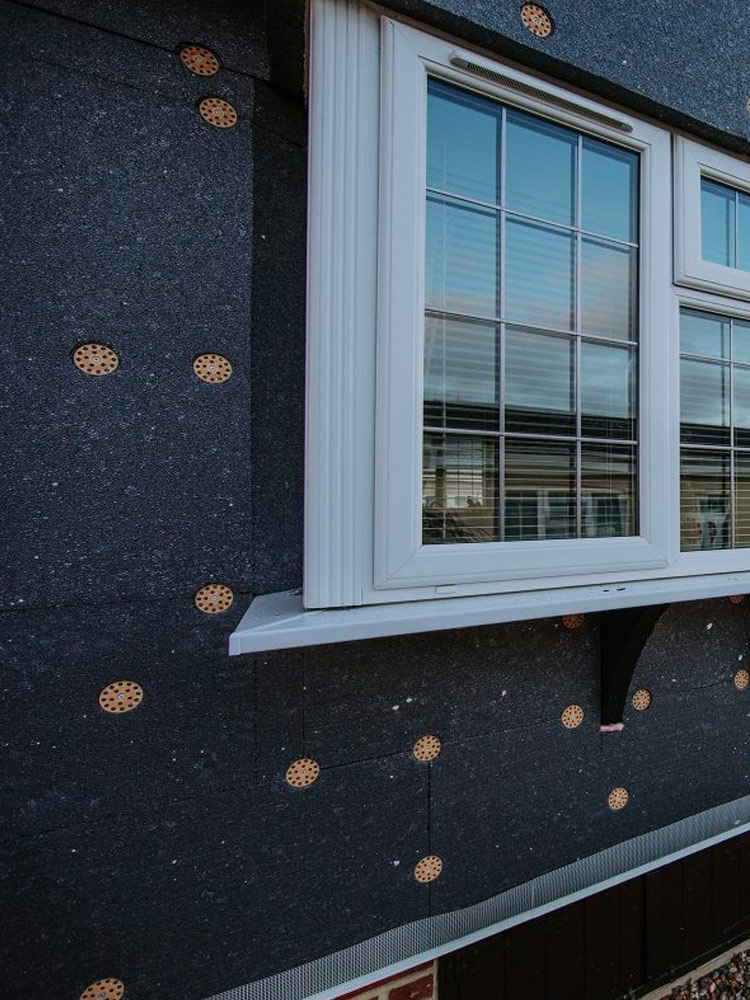
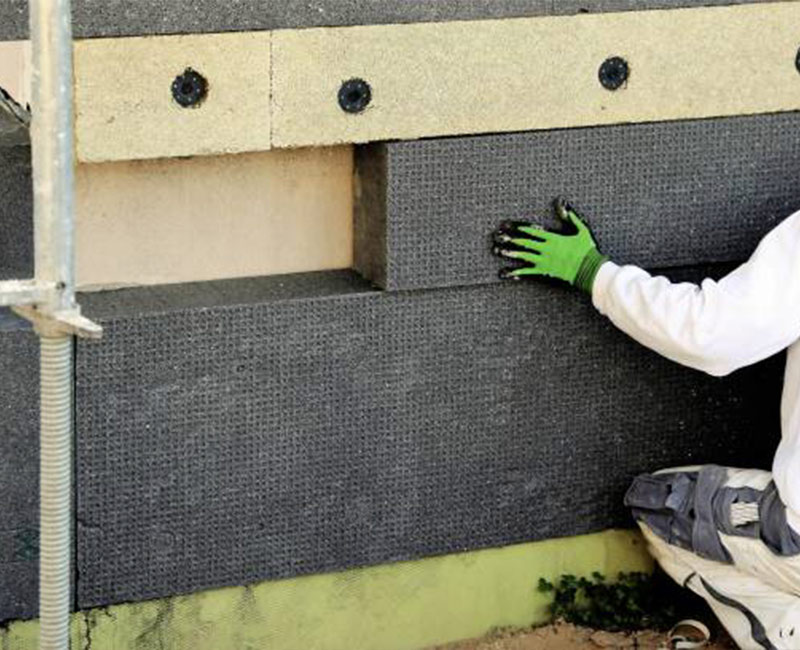

General Rendering Services
What is Rendering?
Think of house rendering as a type of cladding for the exterior of the house — applied to the exterior of a home, much like plaster is applied to the interior walls. There are two main reasons for house rendering: To protect the underlying house walls from weathering and rainwater penetration.
In addition, Rendering of External Walls can improve the aesthetics of the property and can hide ugly walls, with a smooth, lovely-looking finish , and with a choice of a large range of colours.
Do I need Planning Permission to render my property to Render the external walls of my home?
You do not need to apply for planning permission for repairs, maintenance or minor improvements to your house when rendering, unless you live in a Listed Building,
Planning Permission advice should be sought from your local authority if the new materials to be used will change the appearance in relation to the construction materials used in the original build of the property. This is a simple belt and braces approach to avoid problems later than the line.
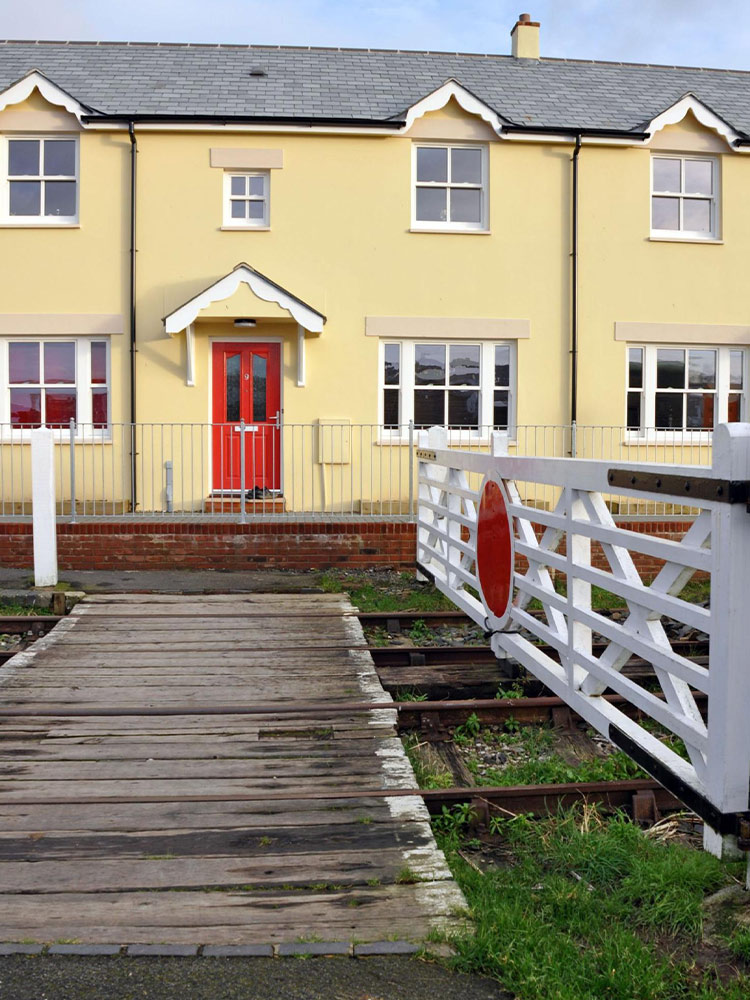
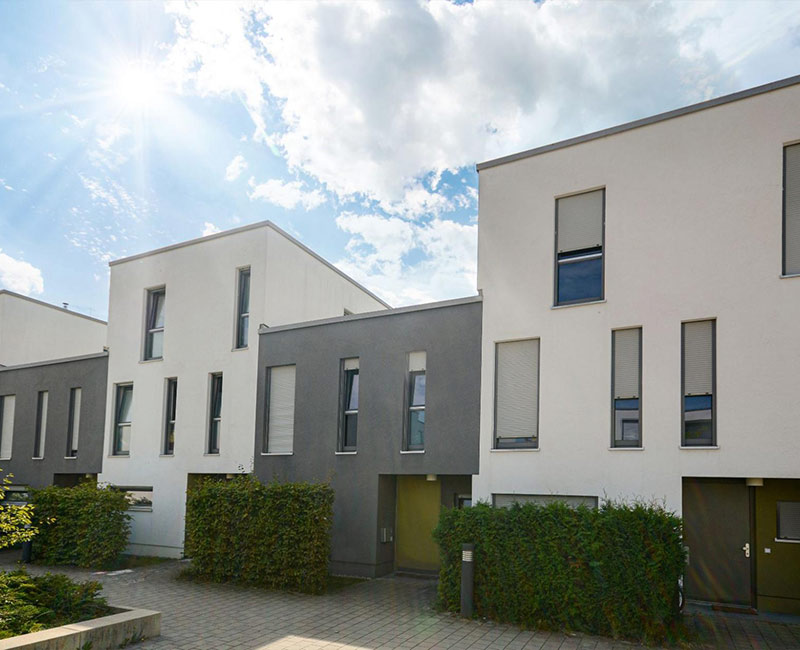
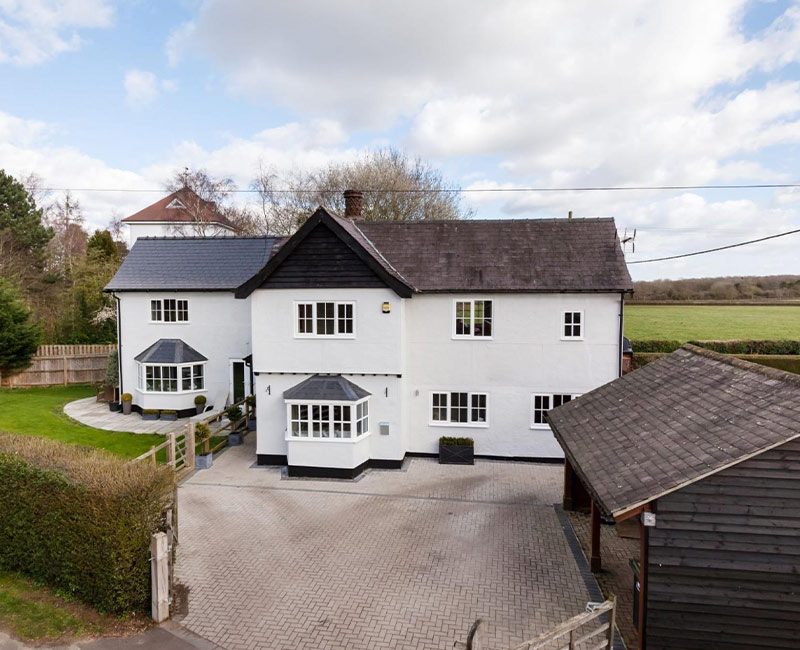
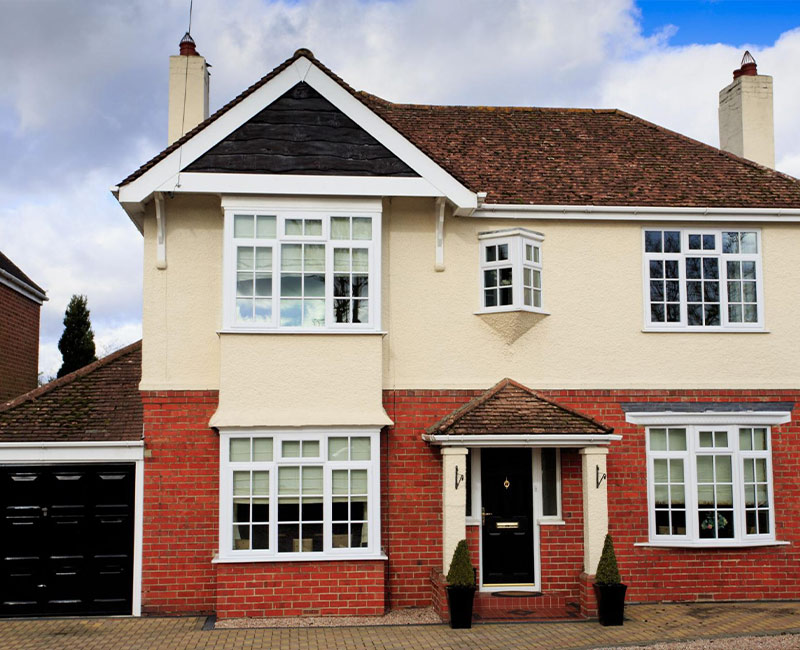
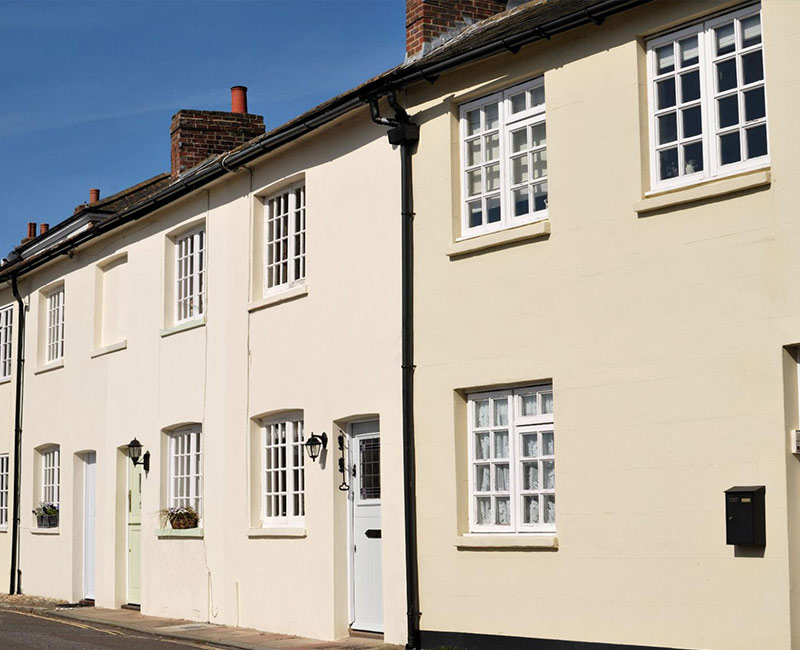
Curious to learn more?
We work with Home and Business Owners, Local Authorities, Managing Agents, Architects and other industry stakeholders to support all carbon reduction programs.